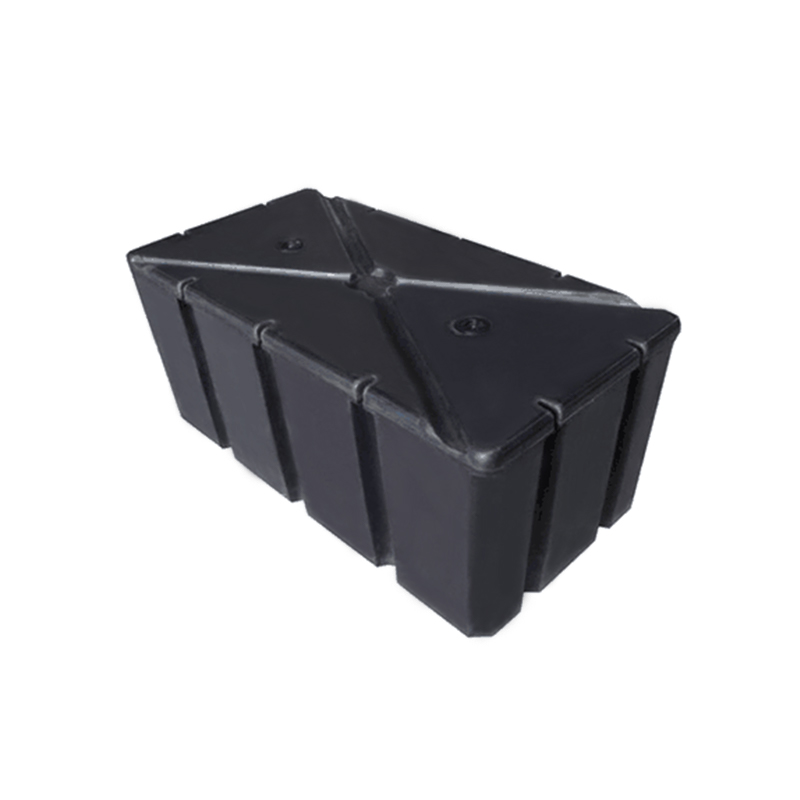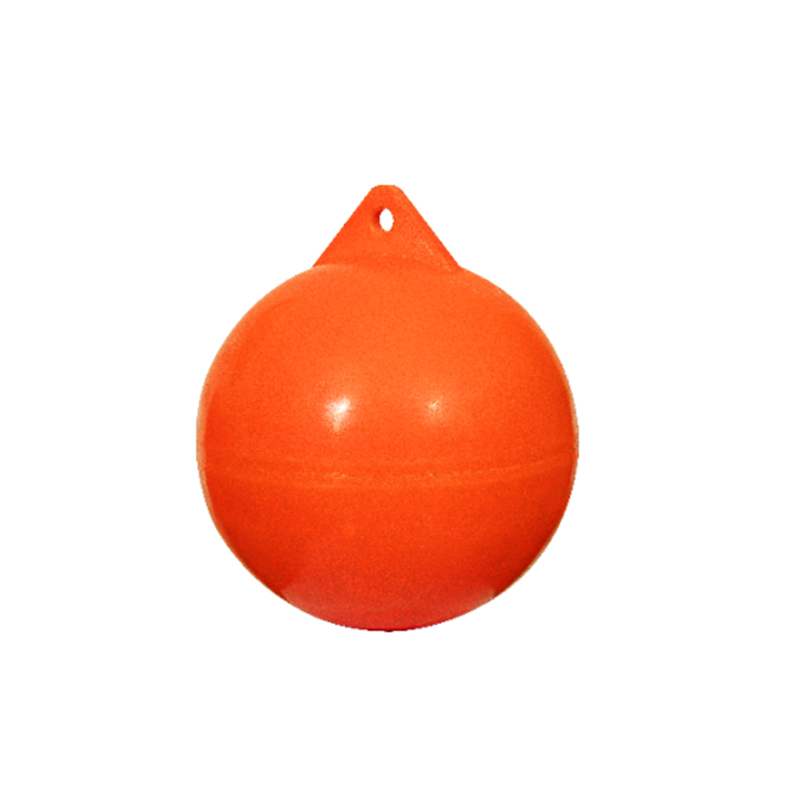How Does the Rotational Design of the Steel Film Mold Enhance Production Efficiency?
1. Uniform Material Distribution
The rotational design of the steel film mold enhances production efficiency by ensuring even material distribution. As the mold rotates, the material flows smoothly across the surface, adhering evenly throughout. This uniformity prevents issues that arise from inconsistent material application, such as weak spots or excess buildup, which could lead to production defects or inefficiencies. For example, in the production of steel membranes, if the material is not evenly distributed, it may result in areas that are too thin, affecting the membrane’s durability and structural integrity, or areas too thick, leading to unnecessary material wastage. By distributing the material evenly, the rotational mold ensures that every piece meets stringent quality standards, eliminating defects and ensuring reliability and consistency in the final product. This process not only helps create high-quality steel films but also optimizes the overall raw material utilization. Reducing waste from inconsistent distribution translates directly to reduced costs and a more sustainable production process. Manufacturers can maintain higher production quality, achieve optimal material efficiency, and reduce overall operational costs.
2. Improved Cycle Times
Rotational steel film molds drastically improve cycle times by allowing the entire molding process to become more continuous and streamlined. Traditional manufacturing methods often require multiple steps and waiting periods, such as waiting for the material to set, harden, or adjust to the mold. These steps can lead to longer cycle times, increasing the time between production runs and reducing overall output. However, with rotational molds, the rotating action continuously ensures that the material moves into position, creating a seamless process that reduces the number of interruptions. This also accelerates the process by eliminating the need for complex setups or manual handling during each cycle. The faster cycle times mean that manufacturers can produce more units within the same time frame, which is especially beneficial for industries that require high-volume production, such as packaging or construction materials. This increased throughput enables companies to meet demand more effectively, reducing lead times and ensuring timely delivery. Faster production translates to a more cost-effective operation, as resources like labor, energy, and machine time are used more efficiently.
3. Reduced Labor and Machine Interference
One of the key benefits of the rotational steel film mold is its ability to minimize labor requirements and reduce human intervention during the production process. In traditional molding processes, operators often need to manually adjust the material distribution, manage heating elements, and monitor the mold’s filling, all of which require continuous attention and increase the risk of human error. However, with the rotational design, the automatic motion of the mold ensures that material is evenly distributed and shaped without requiring constant adjustments. This self-regulating mechanism means that operators only need to focus on monitoring and maintenance, rather than directly engaging in the production process. This shift allows for better use of labor resources, reducing the overall staffing costs associated with the production. Minimizing human interference reduces the likelihood of operator mistakes that can lead to production delays or defects. Machines also experience less stress from frequent manual handling, which reduces wear and tear on the equipment, extending the lifespan of the molds and reducing long-term maintenance costs. A more automated and efficient process leads to better resource allocation and higher productivity.
4. Enhanced Energy Efficiency
Energy efficiency is another significant advantage of the rotational design. Traditional molding methods often involve multiple heating, pressing, or manual steps that consume significant amounts of energy. For example, a fixed mold requires additional time and energy to heat up and set the material, and manual handling can also increase energy usage due to inefficiencies in movement and machine downtime. With the rotational mold, however, the continuous motion of the mold ensures that material is evenly heated and distributed without additional energy-intensive steps. This constant motion reduces energy consumption by eliminating the need for extra heating or cooling cycles. Because the process is faster, there is less idle time during which energy is being used without production benefits. In many cases, this results in a noticeable reduction in operational costs. By consuming less energy per unit produced, manufacturers not only lower their production costs but also reduce their environmental impact. This becomes increasingly important in industries where sustainability is a priority, allowing businesses to improve both their financial and environmental footprint.
5. Minimization of Material Waste
The rotational steel film mold design is optimized for material conservation, minimizing waste during the production process. Traditional molds often suffer from uneven material application, leading to situations where material may be wasted either through spillage or by applying too much material in certain areas. The rotational design solves this problem by providing a uniform, controlled distribution of the material across the mold’s surface, ensuring that only the required amount is used in each cycle. This precise application prevents overuse, reduces excess scrap material, and makes it easier to adhere to cost constraints. Moreover, because the material is applied more efficiently, there is less need to recycle or discard improperly molded products, which often happens in less automated systems. The overall material yield is significantly higher, leading to cost savings and less need for raw materials. The environmental benefits of reduced material waste are important in today’s manufacturing landscape, where sustainability and resource conservation are increasingly prioritized. By improving material efficiency, rotational steel film molds offer manufacturers the ability to run a more eco-friendly operation that saves both money and resources in the long term.
6. Optimized Mold Design for Scalability
The design of the rotational steel film mold also makes it highly suitable for scalable production. As manufacturing demands increase, companies need to be able to produce larger quantities of the same high-quality product without requiring a complete overhaul of the production process. Rotational steel molds are designed to be easily scalable, which means they can be used to produce larger volumes of steel film or membranes without sacrificing quality. This is especially important in industries where demand fluctuates or where production capacity needs to be expanded quickly. For example, in packaging or construction, demand can spike during seasonal periods, and manufacturers must be able to adjust to these spikes without introducing inefficiencies. The modular nature of the rotational steel film mold allows for easy scaling, enabling manufacturers to add more units or adjust the mold design to meet growing demand. This flexibility not only makes the production process more adaptable but also future-proofs the manufacturing system, ensuring long-term operational success.


 English
English عربى
عربى




















